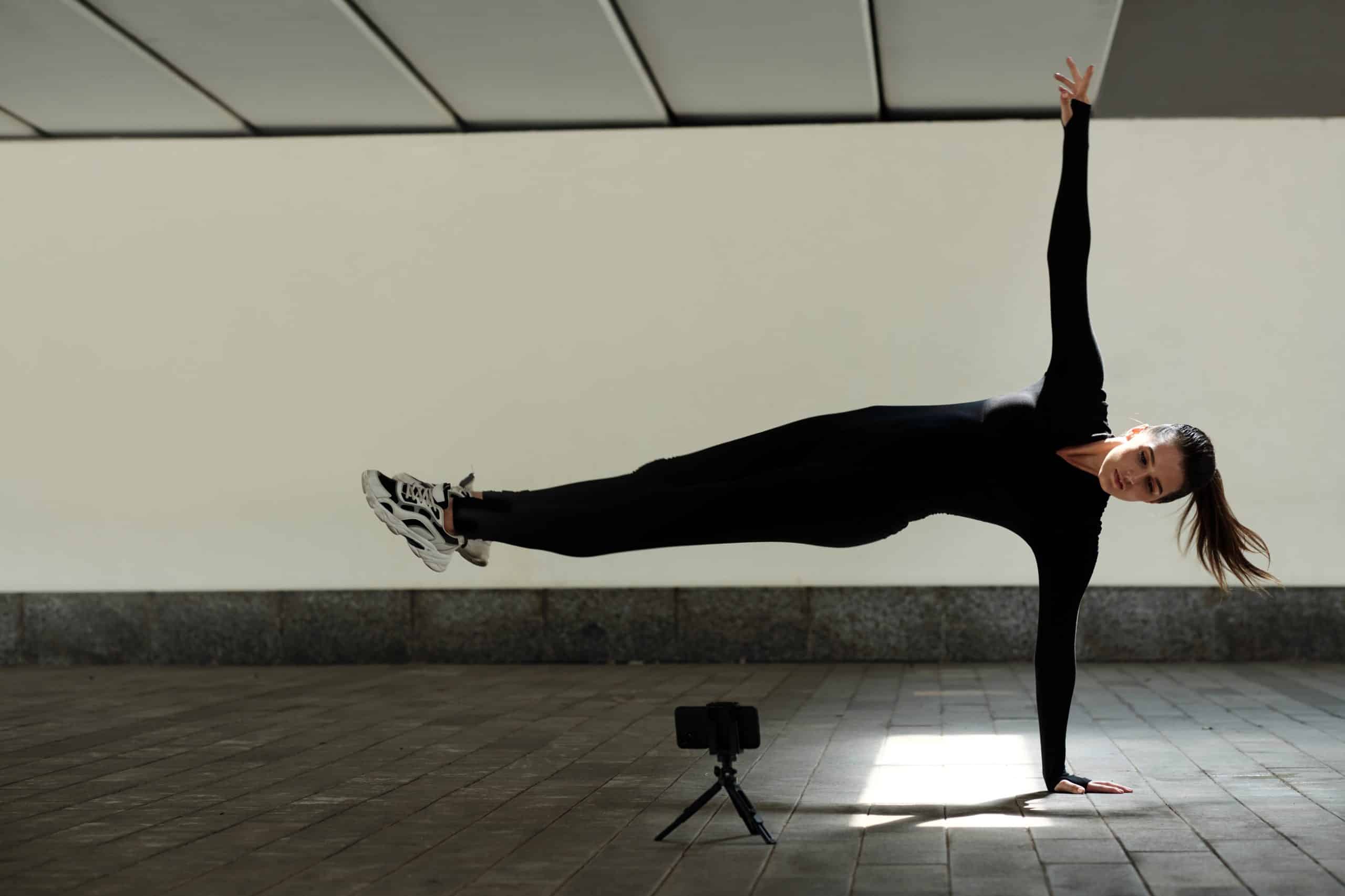What’s the Role of Exoskeletons in Injury Rehabilitation for Professional Skiers?

Professional skiers often find themselves at the mercy of severe injuries that can put a halt to their careers. The rehabilitation process can be long, painstaking and sometimes, with limited success. However, recent advancements in technology are revolutionizing the rehabilitation process, with the advent of exoskeletons playing a significant role. But what are exoskeletons, and how exactly do they play into injury rehabilitation for professional skiers?
Understanding Exoskeletons
Before discussing the role of exoskeletons in injury rehabilitation, it’s important to understand what these instruments are. Essentially, exoskeletons are wearable devices that work in tandem with the user’s body. They provide support, increase physical performance, and aid in the recovery process for individuals with severe physical injuries.
Have you seen this : Unleash your adventure with Briliantz gel blasters today !
Exoskeletons, most commonly used in industries like manufacturing and construction to prevent work-related accidents, have found a significant application in the field of sports medicine. They serve as an external skeletal structure that supports and protects the body, essentially mimicking the human skeleton.
Exoskeletons in Injury Rehabilitation
Exoskeletons are increasingly being utilized in the rehabilitation of professional skiers post-injury. The high-speed nature of skiing often leads to severe injuries, especially in the knee and spinal regions, that require extensive rehabilitation.
Additional reading : What’s the Latest on Heat Acclimatization Protocols for Desert Ultra-Running Events?
Incorporating exoskeletons in the rehab process can hasten recovery and reduce the risk of re-injury. These devices help in restoring the strength and mobility of the injured area, making it easier for skiers to regain their form. They do this by providing guided and supported movement to the injured area, thereby preventing further injury while promoting healing.
The Role of Exoskeletons in Post-Injury Rehabilitation
Exoskeletons play an instrumental role in the post-injury rehabilitation of professional skiers, providing tangible benefits that go beyond traditional physical therapy methods.
One significant benefit of exoskeletons is the ability to provide consistent and precise physical therapy. This consistency helps in structured healing and recovery, ensuring that the injured area is adequately treated without causing additional harm.
Moreover, exoskeletons also offer real-time feedback about the user’s performance, allowing them to adjust their efforts accordingly. This makes the rehabilitation process more efficient and personalized, catering specifically to the individual skier’s needs.
Exoskeletons and Return to Professional Skiing
Healing and recovery are crucial, but so is the eventual return to professional skiing. Exoskeletons play a significant role here too. By providing strength and stability, these devices can help skiers regain their form and confidence quicker.
Regular use of exoskeletons during rehabilitation can significantly improve the skier’s physical condition, making it possible for them to return to professional skiing faster than traditional rehabilitation methods. The consistent and precise therapy provided by exoskeletons also helps in reducing the risk of re-injury, a common concern among athletes returning to the sport post-recovery.
The Future of Exoskeletons in Injury Rehabilitation
The use of exoskeletons in injury rehabilitation for professional skiers is not just a passing trend. With continuous advancements in technology, these devices are set to play an even more significant role in the future of sports medicine.
As technology advances and becomes more accessible, we can expect to see a wider use of exoskeletons in rehab centers, providing more efficient and tailored therapy for injured skiers. With the addition of features like AI integration, the future of exoskeletons in injury rehabilitation looks promising.
In summary, exoskeletons are revolutionizing the domain of injury rehabilitation for professional skiers. By providing consistent, precise, and tailored therapy, these devices are helping skiers recover faster and get back to the slopes with more confidence and lesser risk of re-injury.
The Role of AI in Exoskeletons in Skier Rehabilitation
The integration of artificial intelligence (AI) with exoskeletons represents a significant leap forward in the rehabilitation of professional skiers. The complex nature of skiing injuries, particularly those related to the knees and spine, necessitates a highly personalized recovery approach. This is where AI can make a significant difference.
AI-enhanced exoskeletons can collect and analyze vast amounts of data in real-time, providing insights into the user’s performance, their recovery progress, and areas needing targeted therapy. This data-driven approach can optimize the recovery process and reduce the risk of re-injury.
AI can also facilitate seamless adjustment of the exoskeleton’s support and resistance based on the skier’s rehab progress. This dynamic adaptability ensures that the skier is always challenged but not overexerted, promoting more efficient recovery.
AI integration can further help in predicting potential risks and suggesting preventive measures, making the rehabilitation process safer. The predictive capabilities of AI can also help in planning a more effective return-to-skiing strategy, ensuring that the skier is physically ready and confident before they hit the slopes again.
Exoskeletons: The Future of Injury Rehabilitation
Exoskeletons, particularly those integrated with AI, are poised to revolutionize injury rehabilitation for professional skiers. This combination of robotics and AI provides an effective solution to the unique challenges posed by skiing injuries.
As exoskeleton technology continues to advance, we can anticipate a future where these devices become a standard part of rehabilitation in the sports medicine field. They offer potential solutions not just for injury recovery, but also for injury prevention and performance enhancement.
Furthermore, as the technology becomes more accessible, it could potentially be used not just by professional skiers, but also by amateur skiers and other athletes, broadening its impact and benefits.
Conclusion
The use of exoskeletons in injury rehabilitation for professional skiers represents a major shift in sports medicine. This technology’s capacity to provide personalized, precise, and consistent therapy offers tangible advantages over traditional physical therapy methods.
With the addition of AI, exoskeletons can provide real-time feedback and adapt to a skier’s progress, further enhancing their effectiveness. They not only facilitate faster recovery but also assist in a safer and more confident return to skiing.
As technology continues to develop, we can expect exoskeletons and AI to play an even more significant role in injury rehabilitation. The future holds exciting possibilities for the field of sports medicine, with exoskeletons at the forefront of this evolution.
